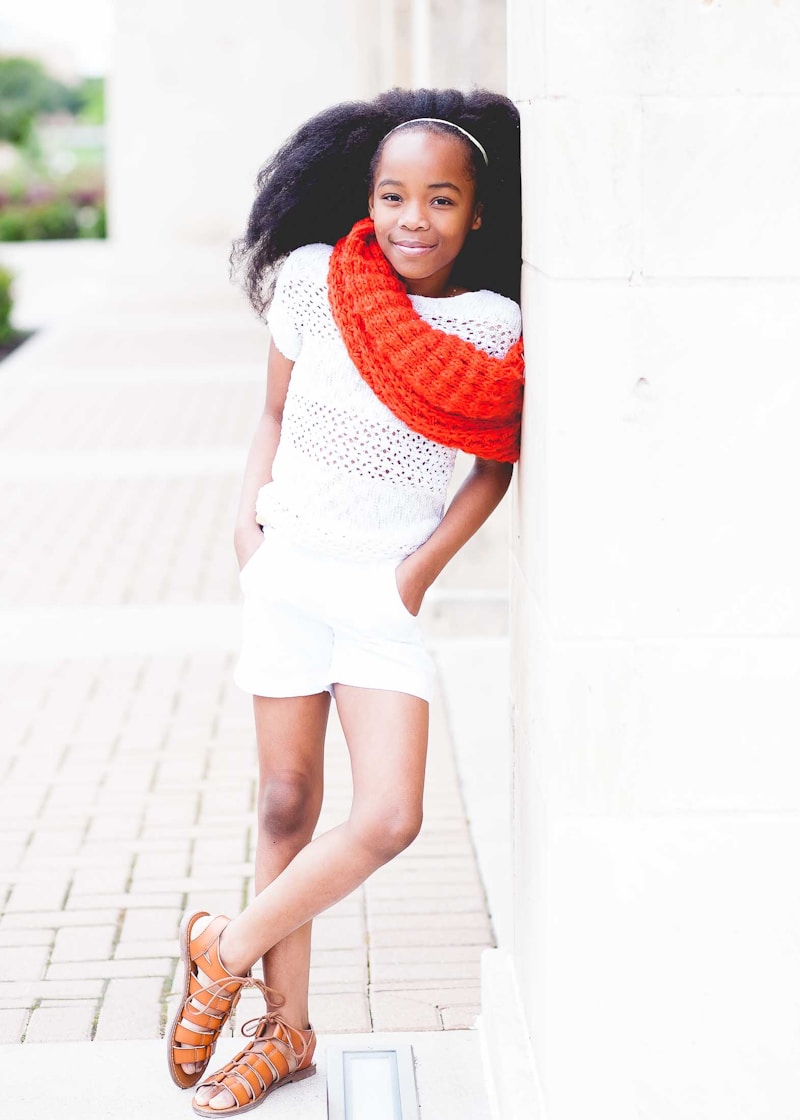Exploring Personal Style vs. Traditional Norms: Finding Your Unique Identity
Introduction
In today's world, the clash between personal style and traditional norms is more pronounced than ever. As society evolves, the definitions of style and tradition also shift, prompting individuals to question their identity in the context of these two powerful influences. This article delves deep into the dynamics of personal style versus traditional norms, examining the impact of cultural heritage, societal expectations, and the ever-changing landscape of fashion and expression.
The Significance of Personal Style
Personal style is a reflection of individual identity. It allows people to express their tastes, preferences, and mood without conforming to external expectations. Whether it's through fashion, art, or lifestyle choices, personal style enables individuals to showcase who they truly are. In this section, we will explore the factors that contribute to personal style.
Factors Influencing Personal Style
| Element | Description |
| Culture | Cultural background shapes our style preferences and influences how we perceive fashion. |
| Social Environment | The people we interact with impact our style choices, from friends to public figures. |
| Self-Expression | Personal experiences and emotions play a crucial role in defining style. |
| Trends | Current fashion trends can inspire and guide individuals when curating their unique style. |
Understanding Traditional Norms
Traditional norms are the societal standards that define acceptable behavior, appearance, and lifestyles within a community. These established norms often dictate how individuals should dress, behave, and interact with one another. While traditional norms can offer a sense of belonging, they can also stifle personal expression. Let's examine the characteristics of traditional norms and their influences.
Characteristics of Traditional Norms
- Historical Influence: Traditional norms are often rooted in historical events, cultural rituals, and customs that have been passed down through generations.
- Community Expectations: Norms shape community expectations, creating pressure to conform and adhere to established values.
- Stability and Continuity: Traditional norms provide a sense of stability and continuity, helping communities maintain their identity over time.
The Clash Between Personal Style and Traditional Norms
The interaction between personal style and traditional norms creates a fascinating tension. On one hand, individuals seek the freedom to express themselves uniquely; on the other hand, societal expectations can create barriers to self-expression. This clash is evident across various aspects of life, from fashion choices to lifestyle decisions.
Fashion: A Battleground for Expression
Fashion serves as one of the most visible arenas for the confrontation of personal style and traditional norms. For example, in many conservative cultures, specific dress codes dictate what is deemed appropriate attire. However, younger generations often experiment with modern styles, which can conflict with traditional expectations. This leads to discussions on topics such as:
- The influence of social media on fashion choices
- The rise of gender-neutral clothing
- Cultural appropriation versus appreciation
Lifestyle Choices and Social Norms
Beyond fashion, the clash also extends to lifestyle choices. For instance, unconventional career paths, relationships, and hobbies often challenge traditional definitions of success and happiness. Many individuals find themselves navigating between adhering to family expectations and pursuing personal passions, thus creating a unique balance between respect for tradition and the desire for self-fulfillment.
Real-Life Examples
Many notable figures exemplify the balance between personal style and traditional norms:
- Rihanna: The singer constantly challenges traditional fashion norms while establishing her own unique style, paving the way for self-expression in the industry.
- David Beckham: A sports icon known for his style evolution, Beckham blends traditional masculinity with modern fashion trends, pushing boundaries.
- Michelle Obama: As a former First Lady, Obama uniquely combined professional attire with her personal style, challenging traditional politics attire for women.

Navigating the Path Between Personal Style and Traditional Norms
Finding the equilibrium between personal style and traditional norms can be challenging. Here are some strategies to help individuals navigate this balancing act:
- Self-Reflection: Take time to identify your personal values and the aspects of traditional norms that resonate with you.
- Seek Inspiration: Explore diverse sources of inspiration to discover new styles while respecting cultural heritage.
- Communicate Openly: Engage in conversations with family and peers about your choices to foster understanding and reduce resistance.
- Embrace Change: Understand that personal style can evolve over time, reflecting your growth and experiences.
Conclusion
The exploration of personal style versus traditional norms serves as a reminder of the complex relationship between identity and societal expectations. While traditions provide historical context and a sense of community, personal style offers a canvas for self-expression. Striking the right balance can empower individuals to embrace their uniqueness while honoring their heritage. As fashion designers, influencers, and everyday individuals continue to navigate this dynamic interplay, the conversation around personal style and tradition will only grow more vibrant.
In summary, it’s essential to cultivate an understanding of personal style within the framework of traditional norms. Embrace your individuality while recognizing the richness of your cultural background. By doing so, you not only assert your identity but also contribute to a broader dialogue about beauty, acceptance, and diversity in our ever-evolving society.